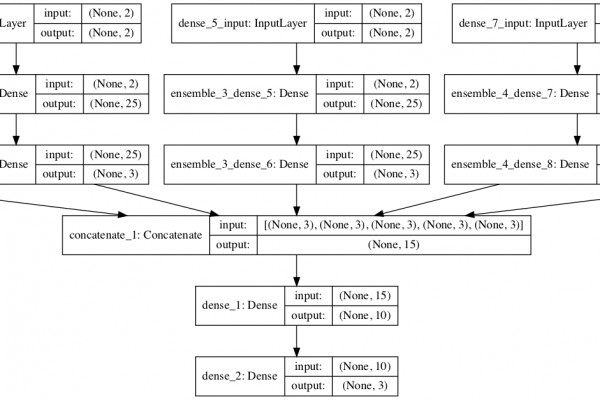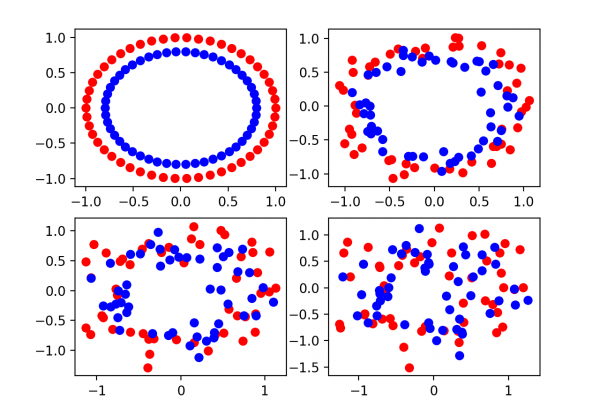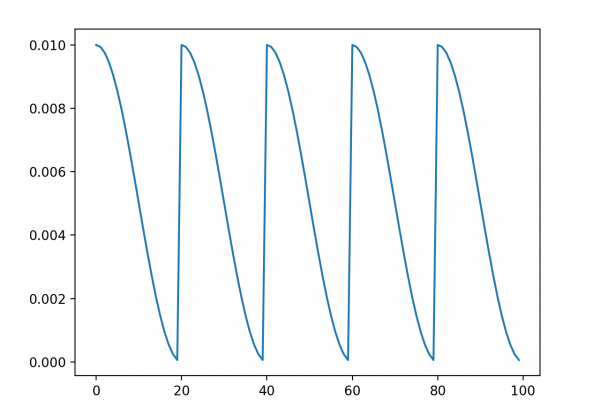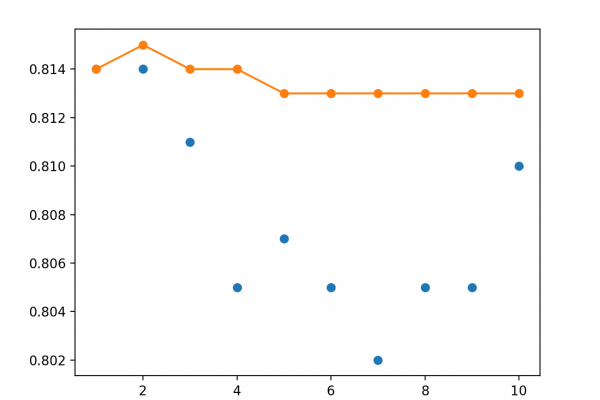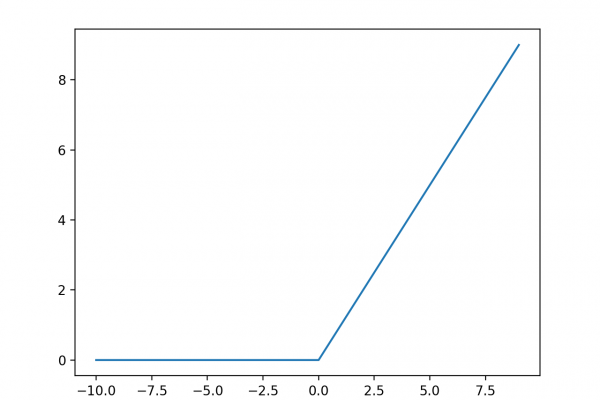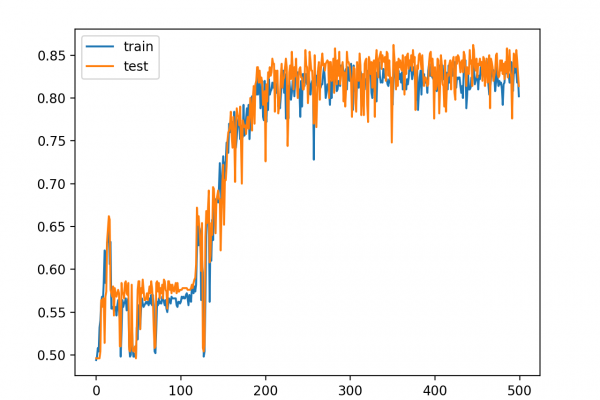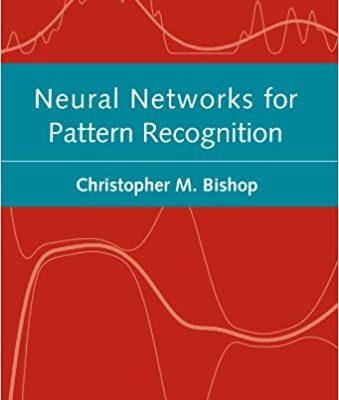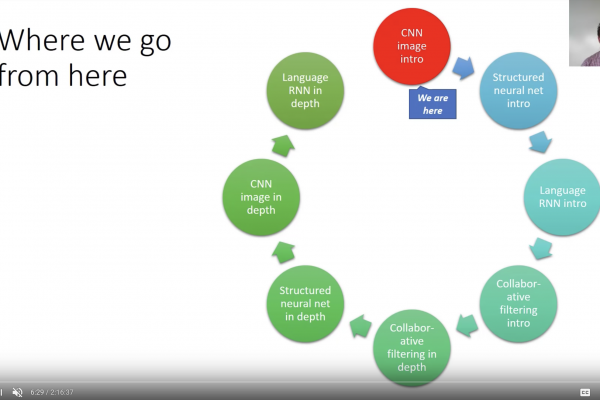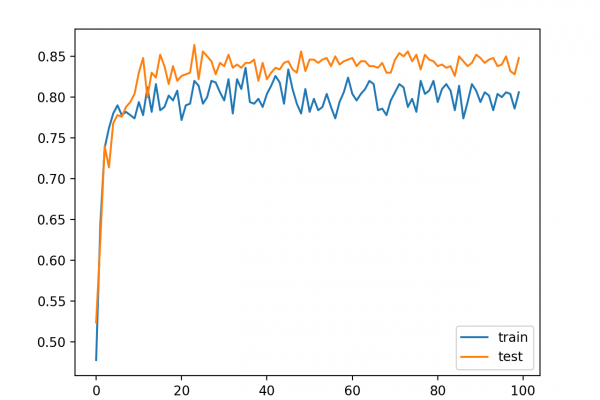Stacking Ensemble for Deep Learning Neural Networks in Python
Last Updated on August 28, 2020 Model averaging is an ensemble technique where multiple sub-models contribute equally to a combined prediction. Model averaging can be improved by weighting the contributions of each sub-model to the combined prediction by the expected performance of the submodel. This can be extended further by training an entirely new model to learn how to best combine the contributions from each submodel. This approach is called stacked generalization, or stacking for short, and can result in […]
Read more